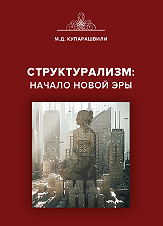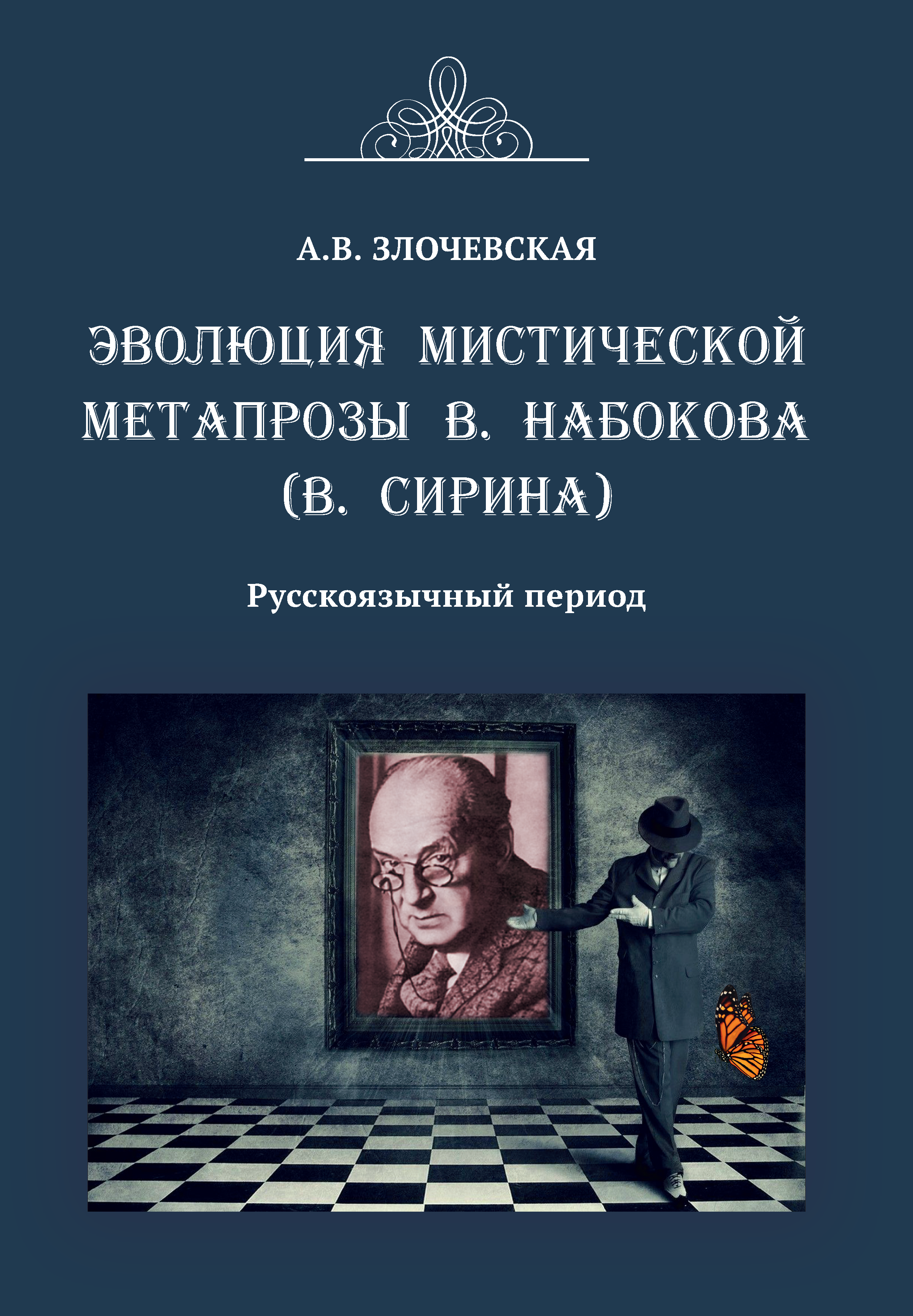UDC 61+378(092)
https://doi.org/10.20339/AM.02-20.042
I.E. Plotnikova is Cand.Sci. (Pedagogy), doc. e-mail: pedagogika51@mail.ru ; S.V. Markova is Cand.Sci. (History), head of Museum complex e-mail: markova_88@inbox.ru; and A.A. Filozop is Cand.Sci. (Psychology), doc. e-mail: pedagogika51@mail.ru at Voronezh N.N. Burdenko State Medical University
Discussed is the problem of dynasties formation in medical, educational and research spheres in high medical schools in Russia. It highlights the mechanism of development of medical dynasties at various historical stages. In the USSR medical dynasties were observed to start developing in the 1930s, when essential privileges appeared for children of medical workers applying to medical universities. Currently, medical dynasties in Russia are greatly encouraged and widely popularized. Based on the research study performed among teaching staff and students of VSMU, the authors make an attempt to reveal the background of professional preferences of ex-schoolchildren of the 21st century entering medical universities. The results confirm the family’s choice of medical profession, indicate further strengthening of dynasties in medicine. This fact, on the one hand, plays a positive role, but on the other, shows dangerous hidden tendency of the profession to caste and possibility of career corruption. Even more complicated is the phenomenon of dynasties of medical university teachers, due to its influence on the level of professional training, the negative consequences of nepotism.
Key words: medical dynasties, academic teaching staff dynasties of medical universities, professional dynasties, motivation of professional activity.
References
1. Hippocrates. Ethics and General medicine. St.-Petersburg, 2001. P. 45.
2. Arnold of Villanova. Salerno code of health. Moscow, 2002. P. 10.
3. Stochik, A.M., Zatravkin, S.N. Medical faculty of Moscow University in 18th century. Moscow, 1996. P. 93.
4. Eregina, N.T. Higher medical school of Russia, 1917–1953. Yaroslavl, 2010. P. 125.
5. Shipilov, A.V. Salary of the Russian Professor in the past, present, future. Alma mater (Vestnik vysshei shkoly). 2003. No. 4. P. 40.
6. Kalashnikova, K.A. Professional dynasties in the modern Russian institute of health care. Volgograd, 2012; Voronezh medical dynasties. Voronezh, 2016, etc.
7. Zaykov, D.E. Opposition to nepotism in employment relationship: legal regulation and problems of law enforcement. Law. 2017. No. 2. P. 102–115.
8. Sobolev, B. Family row: academics drag their children into the RAS. URL: https://www.vesti.ru/doc.html?id=2828671
9. Roshal, L. Call the doctor. Rossiyskaya Gazeta. 2017. July 9.
10. Baitasov, R.R. Career corruption and nepotism in high school and their consequences. Legal education and science. 2016. No. 2. P. 13–15.
11. Likhterman, L. About dynasties in medicine. News of medicine. 2017. No. 4. P. 14.


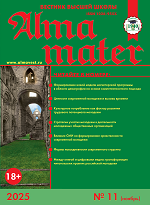
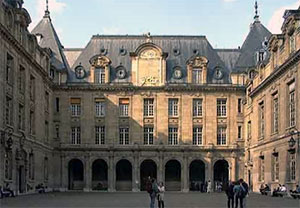
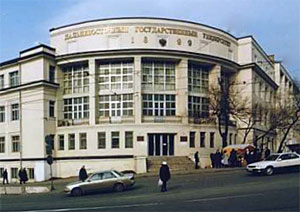
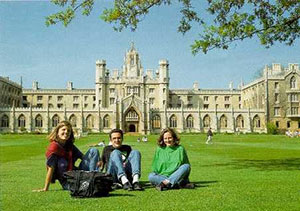
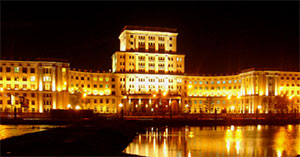
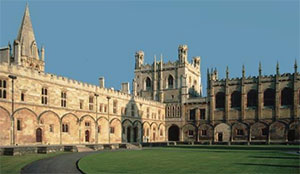
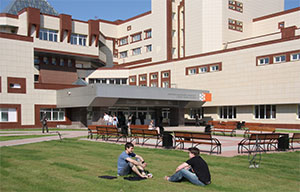


.png)
